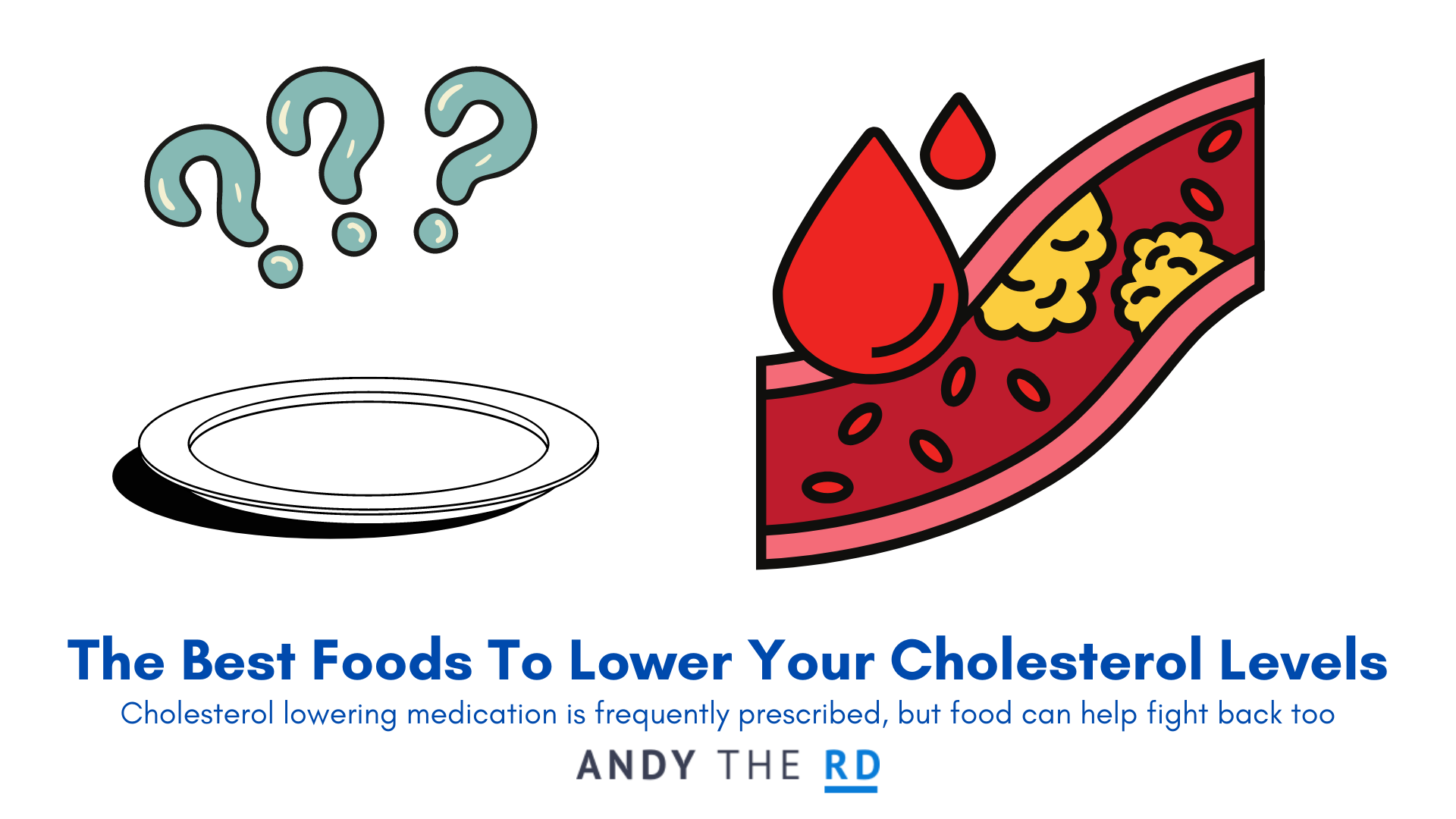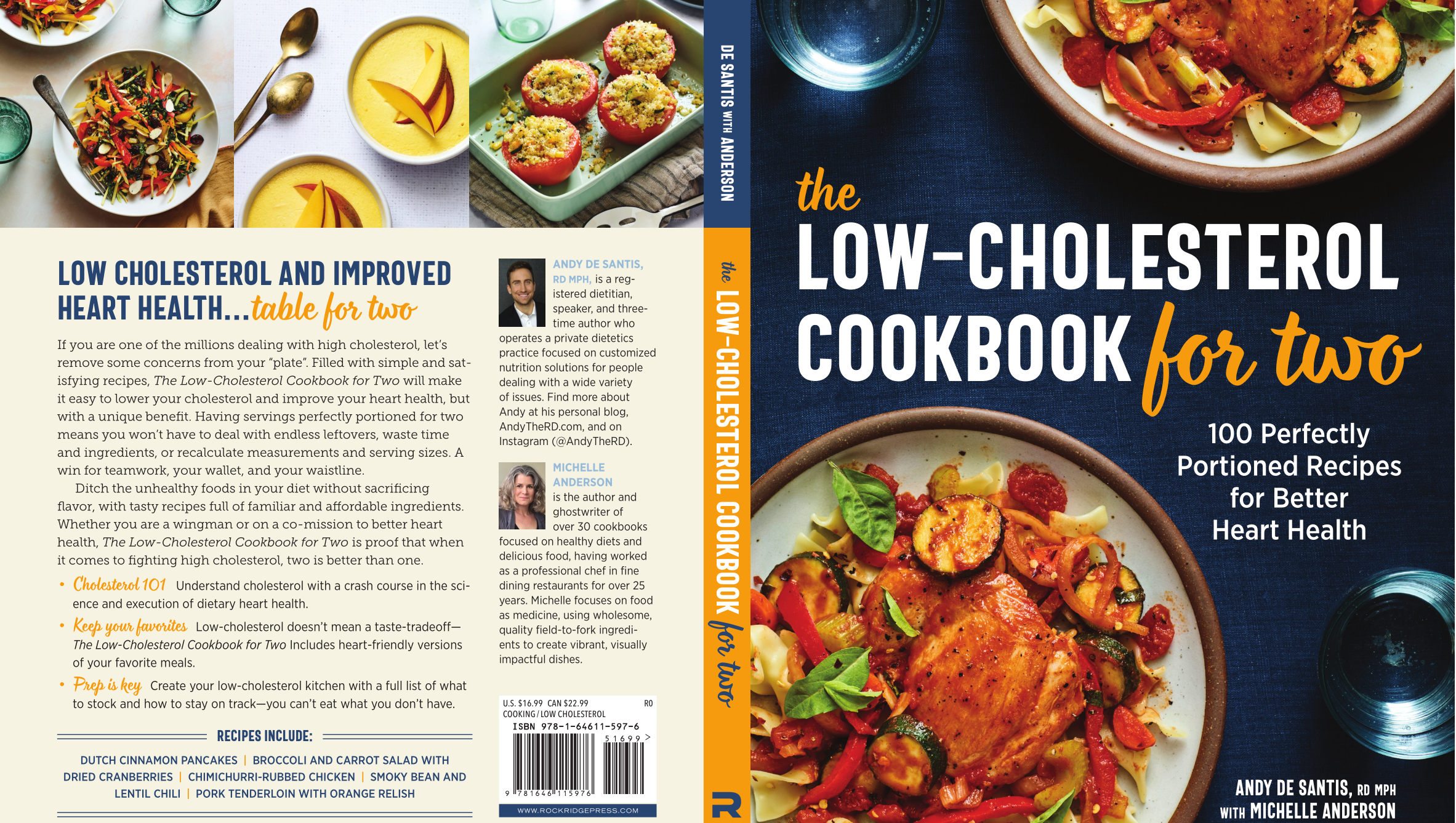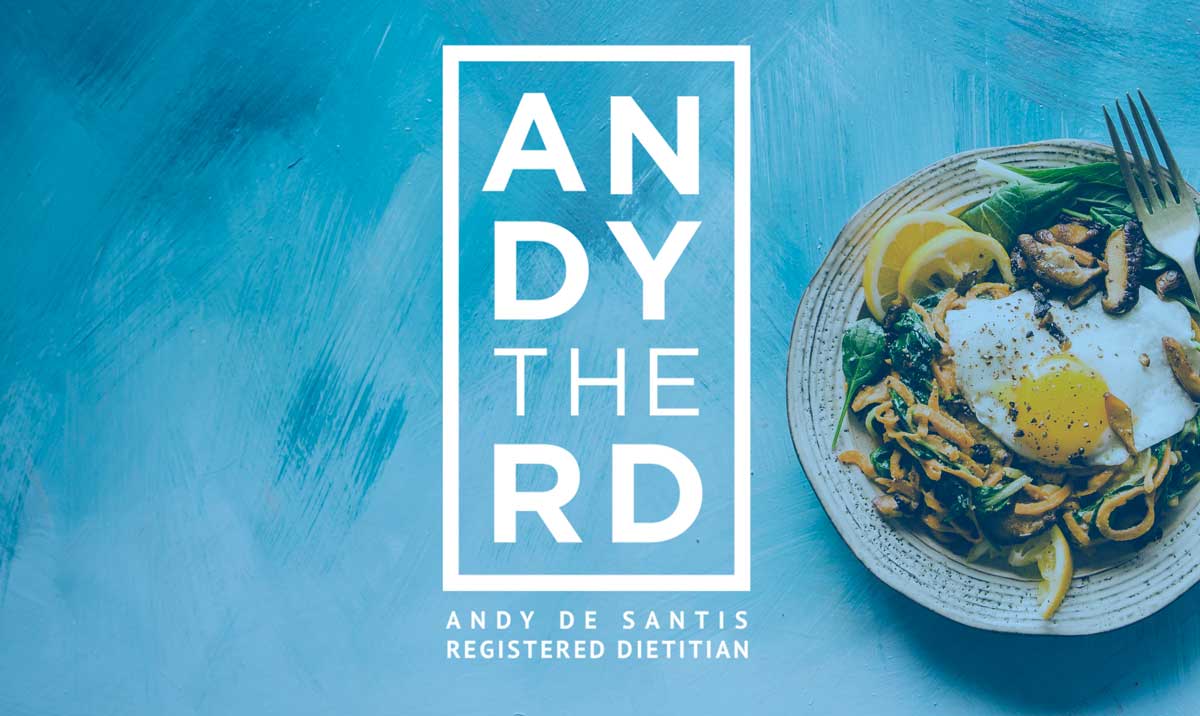Nearly a decade ago a British-born but Toronto-based clinician scientist by the name of Dr David Jenkins came up with a dietary pattern or “portfolio” which was proven to be incredibly effective at lowering LDL cholesterol levels.
What is sometimes referred to as the Portfolio Diet, this style of eating is based on five fundamental food components – each of which offers a distinct yet synergistic cholesterol lowering effect.
The combined effectiveness of these foods has a similar ( & additive) cholesterol lowering potential to the commonly prescribed statin medications.
In fact, two of the top eleven most dispensed pharmaceuticals in Canada are cholesterol-lowering agents and cholesterol lowering medication is in the top 5 most prescribed for Men aged 25-44, taking first spot for men aged 45-64 (where it is the second most prescribed for females in this age range).
Given how common this concern is, Dr Jenkins work is not something to be taken lightly and he is certainly someone who I have been aware of and admired from a far since my undergraduate days.
I actually took part in a portfolio diet inspired food demonstration and my teacher at that time even told me my mannerisms loosely resembled his.
I never would have imagined a decade later I’d be in a position to be writing a cholesterol lowering cookbook that highlights and brings his work to life.
Shameless self promotion of my new book ( which is available for order and ships now! ) aside, let’s get to the critical components of the Portfolio Diet.
Portfolio Piece #1 – Tree Nuts
Examples: Almonds, Pistachios, Pecans
Super Power: Monounsaturated Fat ( and just about everything else…)
Alternatives/Similar foods: avocado, olives and their oils.
How They Help: It is posited that regularly replacing meals/snacks that are high in saturated fat with those that are high in monounsaturated fat may offer benefits through a variety of mechanisms.
Although it gets a bit scientific and technical, the easiest way to describe is that monounsaturated is more easily cleared from your blood stream, has less of an inflammatory effect and actually leads your blood cholesterol molecules to increase in size ( which is a good thing, because smaller LDL particles are actually more damaging).
Portfolio Piece #2 -Soluble Fibre
Examples: All types of seeds and legumes*, oatmeal, all-bran buds ( & psyllium fibre supplements), multiple fruits & veggies ( apple, sweet potato, broccoli, banana, brussel sprouts etc)
*The highest whole food source
Super Power: Soluble Fibre likes to stick to things
How It Helps: Soluble fibre, also known as viscous fibre, is well recognized for its absorptive and slowing capabilities in the digestive tract. There are at least two potential mechanisms which scientists believe explain why it is useful for cholesterol lowering.
1. It tends to reduce the insulin response of meals, which in turn reduces stimulation of your liver to produce cholesterol.
2. It adheres to and clears out bile acids from your digestive system, which are then replaced by removing cholesterol from your blood and using that cholesterol to re-form those acids.
Portfolio Piece #3 – Soy
Examples: edamame, tofu, tempeh, soy milk.
Super Power: Isoflavones+ Soy Protein
How It Helps: While scientists are unsure as to the exact mechanism through which soy reduces LDL cholesterol – there is a strong hunch it has something to do with the synergistic effect of soy protein and the high isoflavone content of soy-based foods. Isoflavones are phytohemical compounds with a very strong anti-oxidant effect.
If you want to learn more about why soy is a fundamental food for cholesterol lowering, read my article on the subject from last week.
Portfolio Piece #4- Plant Sterols
Examples: Varying modest amounts in foods such as nuts,seeds,legumes, oils, fruits and vegetables – Large amounts in fortified products – such as plant-sterol margarine
Super Power: Resembles Cholesterol
How It Helps: Inhibits cholesterol absorption because it is structurally very similar to cholesterol ( essentially the plant-version of cholesterol) and competes for the same absorption sites in the digestive tract. This means less cholesterol gets absorbed and more ends up being pooped out – which is a good thing!
I Can Help You Conquer Your Cholesterol Levels
My book is a wonderful starting point, but if you are looking for customized guidance, support and accountability – working with me 1-on-1 is your best solution.
Reach out today to learn more about how I can help!
Andy De Santis RD MPH




